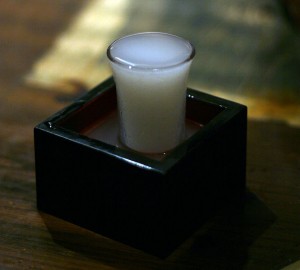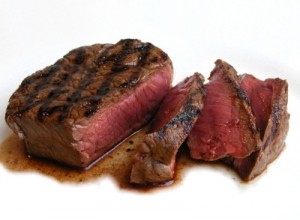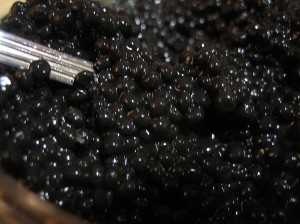You might think sake only works with sushi or other Japanese cuisine — it’s a common misperception. But don’t be fooled: Sake is such a diverse beverage that it can pair with almost any dish.

Nihonshu wa ryori wo erabanai.
This Japanese saying essentially translates as “Sake does not get into fights with food.” It means sake pairs well with many different foods and generally won’t overpower anything on your plate. This is especially meaningful when you consider all the different varieties and styles of sake that exist.
The standard foods traditionally considered most appropriate for sake are collectively referred to as sakana. This usually includes raw fish, grilled meats, vegetables (often pickled), edamame and tofu. Yet the versatility of sake extends well beyond this short list.

Let us first consider some of the basic types of sake and how they compare to wine. Junmai sake, which often has a rich, heavy body, is sometimes considered the “red wine” of sake and thus can pair with stronger flavors including beef, fried foods and rich sauces — or even steak. Ginjo and Daiginjo sake are often lighter and more subtle, comparable to many white wines. They should be paired with lighter, milder foods, such as seafood and chicken.
Those are the basic generalities, but we must also consider the differing sake profiles and intriguing variations. For example, because sake acidity varies, you should pair more acidic sake with oilier foods, while sake with lower acidity pairs best with rich or salty foods. Like Riesling, sake can range from sweet to bone-dry, and a sweet sake can pair very well with spicy dishes, such as Thai or Indian curry. A fine Burgundy may have an earthy or mushroom component, and the Kimoto or Yamahai sakes can have a similar profile, so they will pair well with foods appropriate for such wines. Try an earthy Kimoto with duck or lamb.

Rather than pair Champagne with caviar, you can try a sparkling sake instead. Note that that most sparkling sake tends to be on the sweeter side, though there are dry varieties as well. For a dessert pairing, try a sweet Nigori, an unfiltered sake, or even the Koshu, an aged sake comparable to a fine Port.
Of course, there are some foods that should not be paired with sake. The conventional wisdom says that because sake is made from rice, you should not drink it with rice dishes, including nigiri sushi and maki rolls. Instead, the thinking goes, you should pair sashimi — raw fish without rice — with sake.
This is not a protocol to which I adhere, though, and I have not had any problems pairing sushi and sake. That is especially true when the sake does not have any noticeable rice aromas or flavors. As with any recommended pairings, these are only suggestions, and personal preferences will vary.
Don’t be afraid to expand your horizons and abandon your preconceptions about sake. It is a far more diverse beverage than many realize — and it complements many more foods than you might think.
![]() — Richard Auffrey has been writing about food and wine for over four years. He currently authors The Passionate Foodie blog and also writes a weekly food/wine column for the Stoneham Sunnewspaper. Though based in Massachusetts, Richard writes about everywhere that he travels and has a special affinity for Nihonshu, Japanese Sake.
— Richard Auffrey has been writing about food and wine for over four years. He currently authors The Passionate Foodie blog and also writes a weekly food/wine column for the Stoneham Sunnewspaper. Though based in Massachusetts, Richard writes about everywhere that he travels and has a special affinity for Nihonshu, Japanese Sake.
— Edited by Elizabeth DeHoff.
